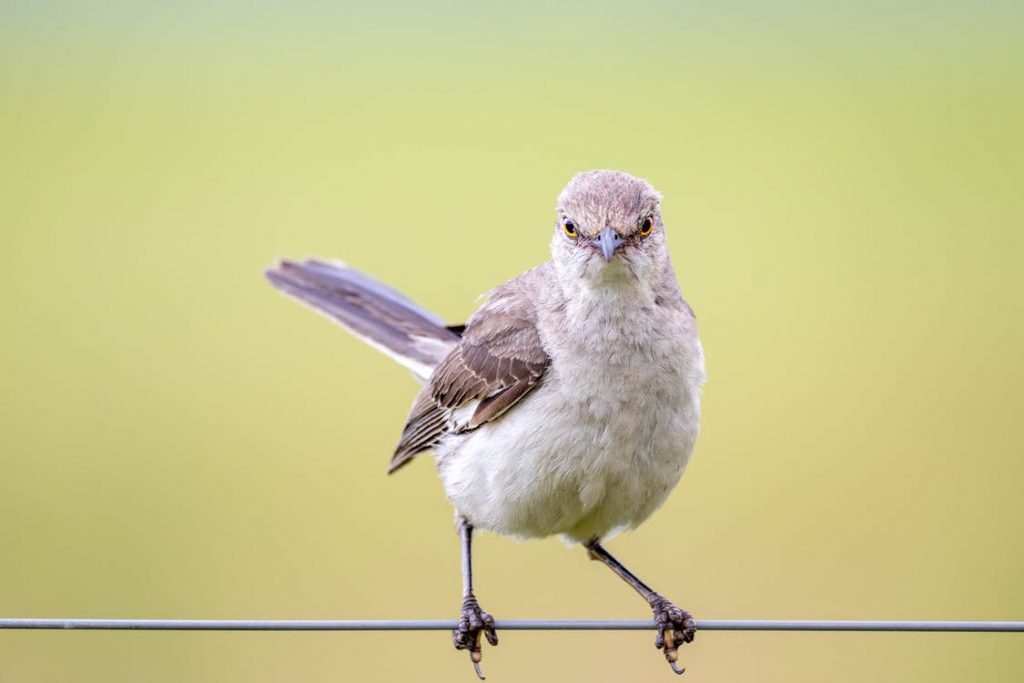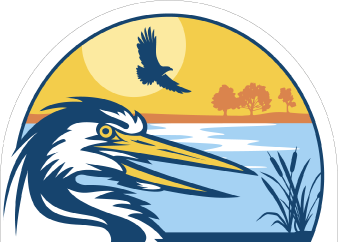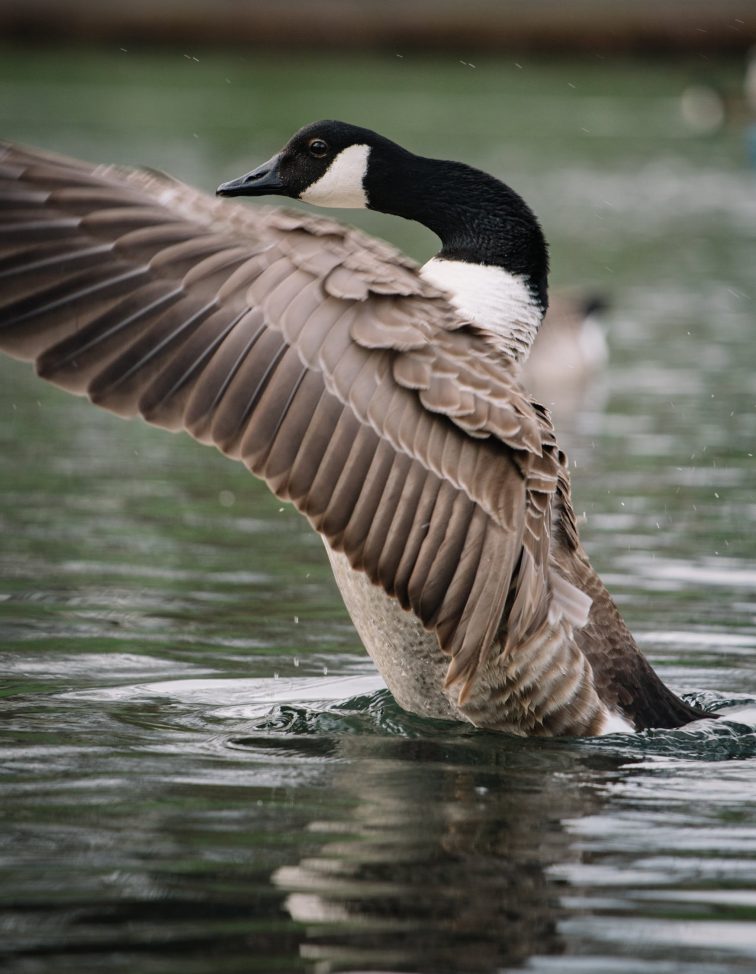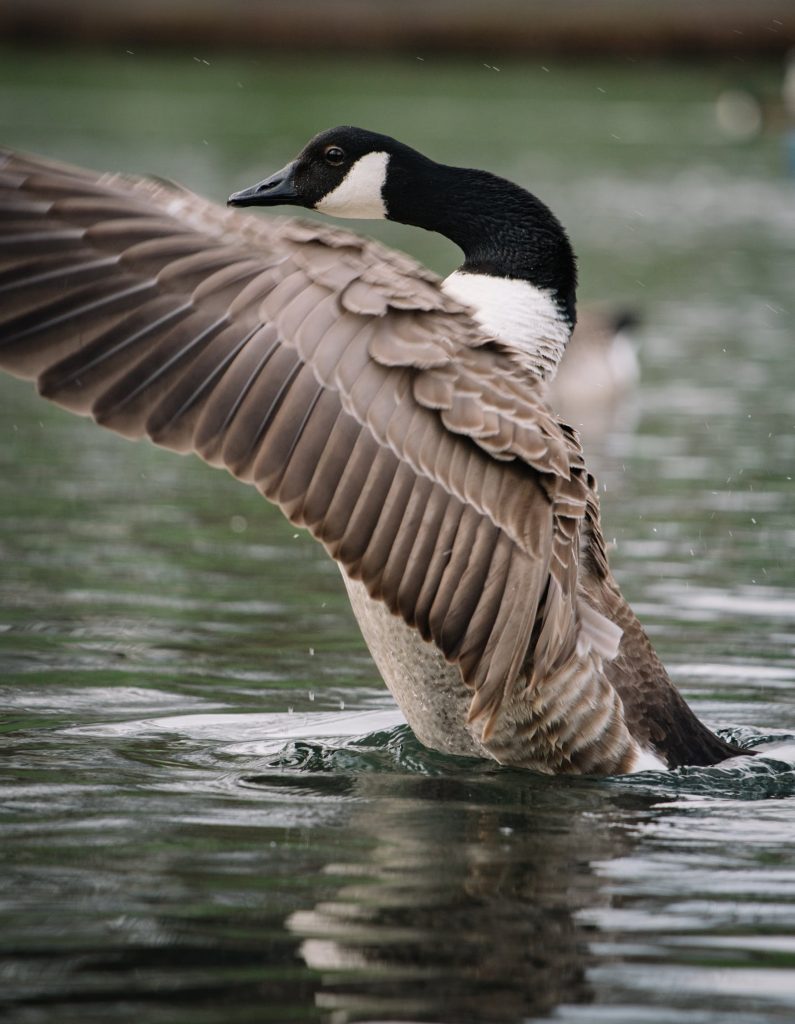
When my husband and I moved to Western New York in 1989 we searched for trails to hike and places to go that would immerse us in the arms of nature. We lived in New York City for more than 23 years and were more than ready for the great outdoors beyond the city parks. My dad told us to go to the “Alabama Swamps” (INWR) in April to see the Canada geese migration, telling us, “You can’t miss it”. Though we went birding with friends at the Jamaica Bay Wildlife Refuge in Queens, we were unprepared for the pure joy we felt watching the geese land at Cayuga Overlook… lines and lines of geese honking and flapping flew in at twilight. The sky was filled with them, and so was the water. We were hooked and visited Cayuga Overlook every year to look for the geese until the geese no longer stopped in great numbers. In the early 90s we formed a Nature Club inspired by our annual outing at INWR.
Drew Lanham, is an author, poet and wildlife biologist who reveals similar experiences in his memoir The Home Place: Memoirs of a Colored Man. People describe him as a birder, naturalist, and hunter-conservationist, as well as a “mystic” ornithologist. A distinguished professor of wildlife at Clemson University, he grew up in Edgefield, South Carolina, spending much of his childhood with his grandmother, who often threw grits to the birds in the winter months. At a young age he became fascinated with the writings of Aldo Leopold especially A Sand County Almanac where he absorbed Leopold’s passion to preserve the beauty of the biotic community. In his interview with Krista Tippet, the host of the podcast series “On Being”, he tells how he “fell in love with birds” through early experiences; the song of the bobwhite quail in the morning and the barred owl in the evening, along with the setting of the seasons in the birds and wildlife that visited his Grandma’s backyard. He began to see that so much that appears simple is really complex like the many colors of a brown sparrow. He noticed not just what a bird is but who it is. Observing the “trials and tribulations” of nesting and fledging, he began to understand that birds and humans share a path.
Click here to become a member!
Click here to donate!
In recalling the history of slavery, Lanham spoke about how slaves shaped the land in their cultivation of rice fields. In those days, every spring and fall slaves stayed up all night to keep the millions of migrating bobolinks from eating the rice crop, sometimes killing them. He reminds us that the rice culture enslaved people. Imitating the bobolink sound, he describes it as a “broken music box kind of song” relating it to the life of a slave. Seeing birds as things not just to count or list, but to travel back in time and know the stories in these birds and what they exacted on people, helps us understand where we are now and how we can protect them. Bobolinks are now declining.
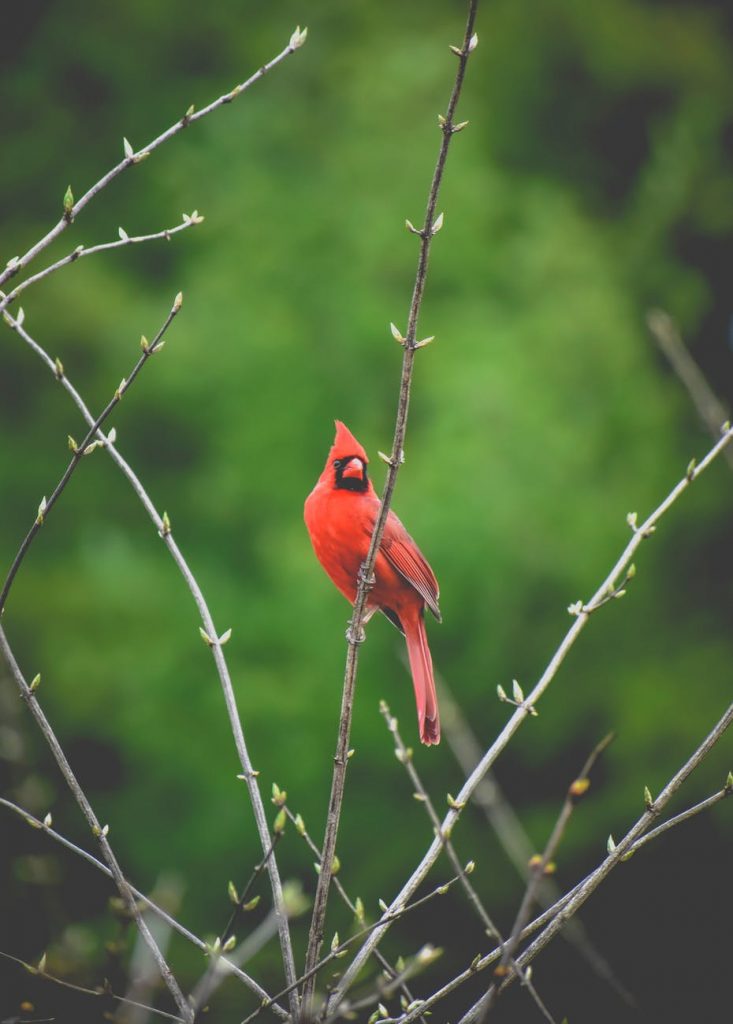
Lanham says he cannot ignore either the bitter or the beautiful. During the pandemic he worked from home, so backyard bird watching in his Adirondack chair, watching the seasons come and go, became a time of discovery and appreciation of home…a kind of backyard pilgrimage. He saw rose-breasted grosbeaks in their migration, watched them interact with the cardinals, noticed the characteristics of the 8-10 cardinals who regularly visited his backyard feeders, attentive to the blazing sun shining through their feathers and the various shades of redness. Being with birds, attentive to them, knowing who they are made him realize the importance of backyard feeders in helping birds and humans survive. Advising us to disconnect for a moment from the need to list and name, he says just see that bird, absorb it, and “when you do, you go to a part of the brain that has some heart in it.”
Lanham, referring to the pandemic, asks, “How do we get through to get to the other side?” He says that family, friends, and birds are ways we get through. He wonders how his parents survived Jim Crow in the south? He believes the legacy of black people to be … if you can’t find joy you can’t make it through. Exploring the relationship between justice and joy, he says “joy in part is the justice we give ourselves”. Birds carry on singing, and so can we. Joy is something no one can take from you, he says; it’s something you can hoard in a reservoir and hold in your heart, then pull it out and experience it when trouble comes. Looking for those moments of joy daily, he sits with his resident wrens watching and listening, and simply admiring. Lanham finds “there is righteousness in conserving things, staving off extinction, and simply admiring the song of a bird….I see a bit of me in every bird that’s wild and free.”
Some joy-filled moments rise from my reservoir when I remember an outdoor picnic with friends years ago in Queens, parents and kids talking, laughing, enjoying the evening. A mockingbird perched on a TV antenna across the street. The bird sang bird songs as only a mockingbird can, song after song. All of us, even the kids, stopped talking, and just listened for at least 20 minutes. My reservoir of joy was filled with bird song that evening… an evening I will never forget as long as I live.
